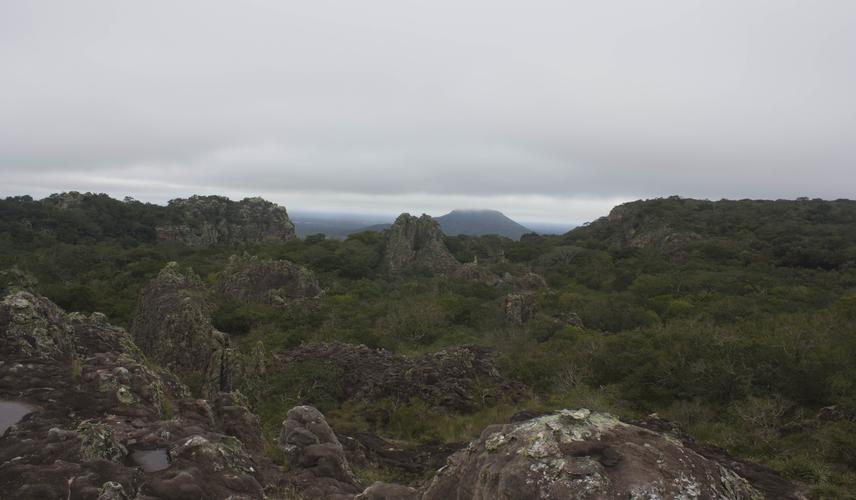David A. Prieto-Torres
Other projects
23 Aug 2016
Maximizing Species Protection in the Zulia State under Global Climatic Change: Bridging Species Richness and Priorities Conservation for Bird Communities
15 Jan 2021
Integrative Biodiversity Studies and an Action Plan for the Bird Long-Term Conservation in the Zulia State (Venezuela) Under Global Climate Change
To perform a biogeographical study by attending the origins and relationships among the main areas of Neotropical Seasonally Dry Forest (SDTFs) to re-evaluate its conservation status and to define conservation priorities along its distribution.

Tropical Dry Forests of Bolivia, Santa Cruz Province.
The major interest in this research born four years ago when I had the chance to work in Venezuela and Ecuador, both including the presence of the Seasonally Dry Tropical Forests (SDTFs). I realized that this was a poorly understood environment with modification rates that increase day by day, showing the same situation along its distribution in the Neotropics. I asked myself about the main biogeographical patterns and its origins of these forests.
The Neotropics has been considered an area with a complex geological history, which involves physiographical and geological dynamism and large environmental changes that have had an effect in the distribution of organisms. Restriction in the species distribution is a result of evolution; therefore, study the geographical and ecological patterns is necessary to understand the historical processes that led to such spatial constraints. The birds species in SDTFs may be widespread and characterized by populations geographically isolated that may have particular morphological traits, which in turn may lead to the proposal of multiple lineages with genetic and ethological likely variability associated. This particular condition could be used to generate biogeographic hypothesis about the SDTFs distribution and to maximize its conservation priority strategies.
I expect to contribute to re-evaluate the conservation status of SDTFs (considered one ecosystem globally threatened), and to define conservation priorities along its distribution. I will obtain via Ecological Niche Modelling, individual species maps of potential distribution to reconstruct the SDTFs' distribution, elucidating the dynamic response to climatic fluctuations and its impact on richness and endemism patterns. I will perform a biogeographical study among the SDTFs areas based in the shared species (richness concentration and endemism) of birds associated to them. The major contributions of this project will be:
1) To provide evidence on the impact of the climatic fluctuations in the patterns of richness and endemism during the Last Inter-Glacial (LIG) and Glacial Maximum (LGM);
2) To identify biogeogaphical units to be protected at continental scale, considering the uniqueness of each area, their relationships among them, the species richness and endemism, as well the possible response to climate change. This information will allow taking management and conservation decisions with awareness of the inherent uncertainty in those impacts on the SDTF distribution and its biodiversity, and define successfully priority areas for protection and conservation of large areas within the Neotropics, with the aim to ensure the continuity of biodiversity and the environmental services of this ecosystem.